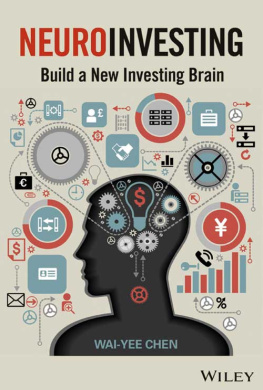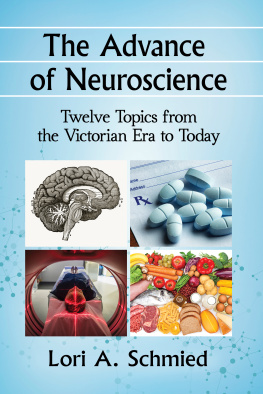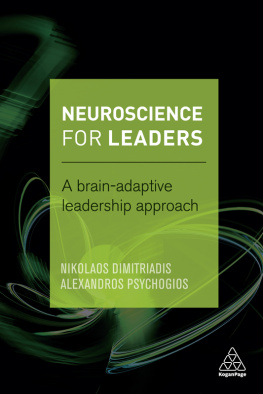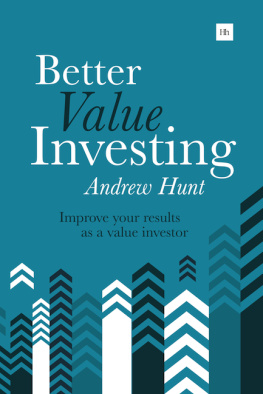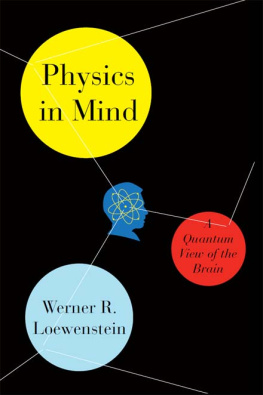Cover image: iStockphoto.com/VLADGRIN
Cover design: Wiley
Copyright 2013 by John Wiley & Sons Singapore Pte. Ltd.
Published by John Wiley & Sons Singapore Pte. Ltd.
1 Fusionopolis Walk, #0701, Solaris South Tower, Singapore 138628
All rights reserved.
No part of this publication may be reproduced, stored in a retrieval system, or transmitted in any form or by any means, electronic, mechanical, photocopying, recording, scanning, or otherwise, except as expressly permitted by law, without either the prior written permission of the Publisher, or authorization through payment of the appropriate photocopy fee to the Copyright Clearance Center. Requests for permission should be addressed to the Publisher, John Wiley & Sons Singapore Pte. Ltd., 1 Fusionopolis Walk, #0701, Solaris South Tower, Singapore 138628, tel: 6566438000, fax: 6566438008, e-mail: .
Limit of Liability/Disclaimer of Warranty: While the publisher and author have used their best efforts in preparing this book, they make no representations or warranties with respect to the accuracy or completeness of the contents of this book and specifically disclaim any implied warranties of merchantability or fitness for a particular purpose. No warranty may be created or extended by sales representatives or written sales materials. The advice and strategies contained herein (investment or medical) may not be suitable for your situation. The author of this book does not dispense medical advice or prescribe the use of any technique as a form of treatment for physical, emotional, or medical problems. The intent of the author is only to offer information of a general nature to help you better understand yourself and to become a more effective investor. You should consult with a professional where appropriate. In the event you use any of the information, techniques and strategies in this book for yourself and in your investments, the author, her employer, and the publisher assume no responsibility for your actions. Neither the publisher nor the author or her employer shall be liable for any damages arising herefrom.
Other Wiley Editorial Offices
John Wiley & Sons, 111 River Street, Hoboken, NJ 07030, USA
John Wiley & Sons, The Atrium, Southern Gate, Chichester, West Sussex, P019 8SQ, United Kingdom
John Wiley & Sons (Canada) Ltd., 5353 Dundas Street West, Suite 400, Toronto, Ontario, M9B 6HB, Canada
John Wiley & Sons Australia Ltd., 42 McDougall Street, Milton, Queensland 4064, Australia
Wiley-VCH, Boschstrasse 12, D-69469 Weinheim, Germany
ISBN 9781118339213 (Cloth)
ISBN 9781118339220 (ePDF)
ISBN 9781118339244 (ePub)
To the creator of our amazing brain
Foreword
When I was in college, what really interested me was how people functioned and did things. Why were some people successful and others not? How could success be duplicated? Why did some people think one, while others thought a different way? As a result, I majored in psychology but was very disappointed in what I was taught because the predominant model of the day was behaviorism. This meant that you studied patterns of stimulation and reward to understand behavior. The net result was to develop a set of rules that said if you did this form of stimulation, you get that sort of response. I wasn't impressed applying this theory to laboratory rats. Later, after getting my undergraduate degree, I worked with mentally challenged children and found that it worked even less effectively.
As a result, I decided to get my doctoral degree in biological psychology. I'd get around behaviorism and learn how the brain actually worked. But what I got was more of the same. You stimulate this part of the brain and you get this response. You cut out that part of the brain and you eliminate this sort of behavior. Again, I wasn't impressed.
My breakthrough came when I began to study neurolinguistic programming (NLP), which I call the science of modeling. It enabled me to model such things as successful trading, how to develop a system to fit you, how to position size to meet your objectives, and even the wealth process. It's been a fascinating journey.
One of the things that I learned very early from NLP was the presupposition that the map is not the territory. What this means is that what goes on inside your head does not necessarily represent what is happening in the world. It's just a map, and it might not be a good map. For example, you never really trade the markets; you trade your beliefs about the markets. And your beliefs may or may not be useful. Most traders and investors, especially those who listen to the mainstream media, or go through a financial education, have many nonuseful beliefs. And by nonuseful, I mean that they create problems that wouldn't otherwise exist. And that doesn't mean that people who aren't educated about the markets are much better off, either.
Perhaps you have seen the movie classic The Matrix , where the hero, Neo, was given a choice: take the red pill and see the world as it truly is, or take the blue pill and wake up in bed believing whatever he wanted to believe. Of course, Neo takes the red pill, and the adventure begins. Now, what if there were a real matrix and a real red pill? In my book, Trading Beyond the Matrix , I put forth the idea that everything is illusion and that what we experience is the programming produced by our beliefs. And when you understand this idea, you can start to reprogram yourself, like Neo, to operate within the matrix at a superhuman level.
The brain is an incredible instrument, but it is also a fabricator of reality. Yet you must interact with the market using your brain. And that's where Wai-Yee Chen's book, NeuroInvesting , comes into play. You create your reality by using your brain to give meaning, form beliefs, and make judgments.
The market is really billions of ticks of movement in various trading instruments. You try to make sense of it by using a price bar to represent a particular time period in the marketbe it a minute or a month of time. But in doing so, you have already simplified reality. This form of simplification often doesn't make sense to you, so you transform the price bars into various indicators, such as moving averages, or perhaps you try to gather fundamental data and give meaning to that. But in some way, you try to make sense out of the markets.
Ms. Chen's eighth trading strategy, given in this book, says: Examine the truth of your thoughts and memories. She writes: What you believe to be true and remember are just that, your beliefs and memories; they must be subservient to universal realities and truths, at least when you are investing.
Van K. Tharp, Ph.D.
Author of Trading Beyond the Matrix: The Red Pill for Traders and
Investors ; Supertrader ; Trade Your Way to Financial Freedom ,
The Peak Performance Course for Traders and Investors ,
and The Definitive Guide to Position Sizing Strategies.
Preface
Investors or not, as humans we have two deep yearnings. We are all born with them and are ruled by them. We can't seem to escape their grasp. These two deep needs are the need for survival and the need for happiness. In this book I refer to them as the need for more and the need to be more.
Every thought, act, and emotion emanates from these two sources, which may sometimes seem to be opposing each other. If there were a Bell Curve of Human Needs, I would put survival and happiness at either end of the curve. As an archer pulls the string of the bow and aims, the tension between these two instincts is the power and strength that gathers within the archer. The tighter the tension between the two ends of the bow, the further the arrow will go, and the more likely that we will achieve our target.

